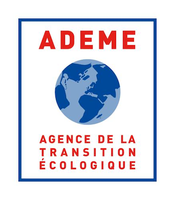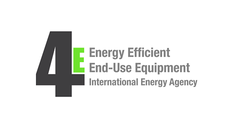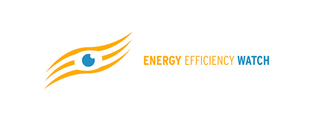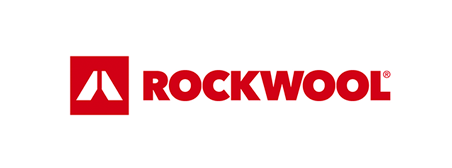Search eceee proceedings
Energy labelling for light vehicles
Panel: 6. Energy-efficient and low-carbon mobility for all
Authors:
Selma Elmgren, Swedish Energy Agency, Sweden
Carlos Lopes, Swedish Energy Agency, Sweden
Abstract
The Swedish Energy Agency has been directed by the government to review the possibility of implementing a guide to buyers of light vehicles with information on fuel consumption, CO2 emissions and air pollution with a lifecycle perspective, with inspiration taken from EU energy labelling. Points of discussion include which indicators a scale can be based on (eg. tailpipe emissions do not differentiate between EVs), how a scale can handle when a vehicle can be driven on more than one driveline or fuel type, how primary energy can be included and based on what calculations. Data pertaining to vehicle use (primarily fuel LCA) is readily available, and policy questions arise with regards to which driveline, and which fuels can and should be promoted in such a guide. Electrification of the transport sector is widely accepted as key to reducing emissions, but such an increase in EVs leads to a shoot in demand for resource-intensive batteries, which means that the manufacturing phase of a vehicle’s lifecycle must be addressed. LCA data for the manufacture and EoL of vehicles is however not consistently available or standardized and hence cannot easily be included. Other issues to review are how to stimulate use of biofuels and what recoil effects that in turn could have. Sweden has in general a heavy fleet, and therefore the correlation between weight and environmental impact is an important fact to convey in a guide. Many manufacturers are investing in various “green” solutions, eg. green steel. These initiatives should be promoted, but there are difficulties in how to measure and standardize such investments in a way that they can be conveyed in a guide that enables the buyer to compare. We hope that this can be an inspiration for a vehicle label on EU level. The Swedish market is not big enough for a national label to have a significant push/pull effect, and in order to obtain LCA data from manufacturers, an EU-wide framework would likely need to be put in place.
Downloads
Download this presentation as pdf: 6-341-22_Elmgren_pres.pdf
Panels of
1. Dynamics of consumption: less is more?
2. Efficiency and beyond: innovative energy demand policies
3. Policy, finance and governance
4. Monitoring and evaluation for a wise, just and inclusive transition
5. Towards sustainable and resilient communities
6. Energy-efficient and low-carbon mobility for all
7. Policies and programmes for better buildings
8. Innovations in products, systems and building technologies



























